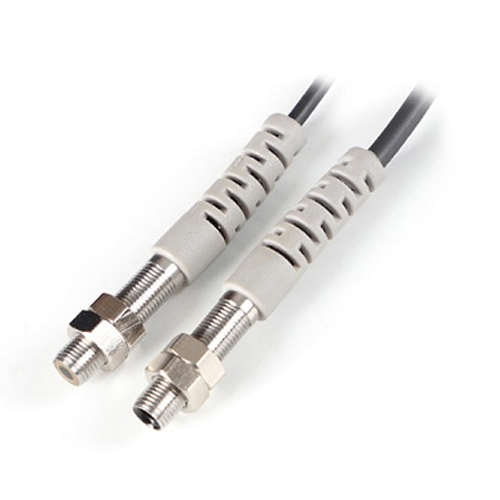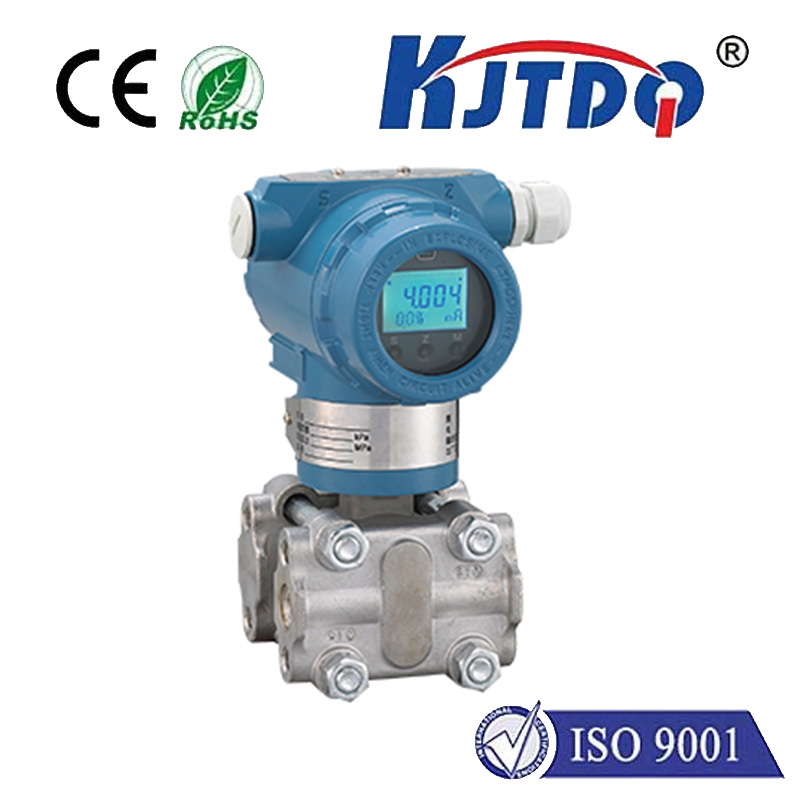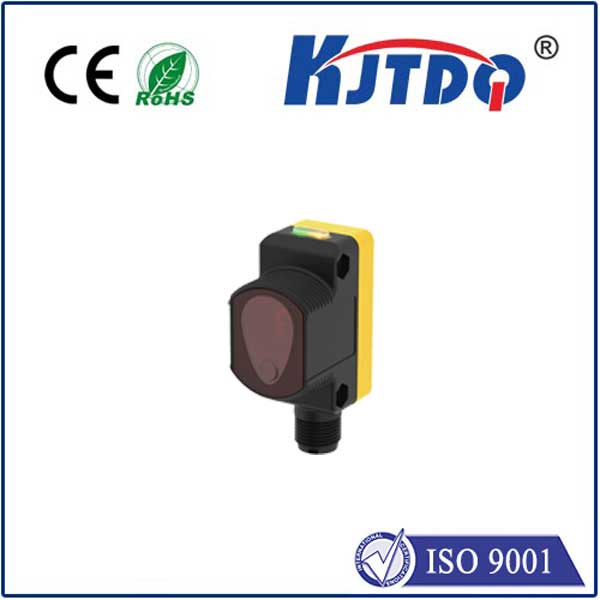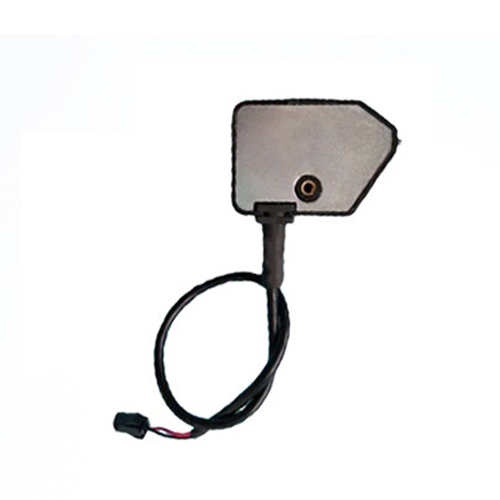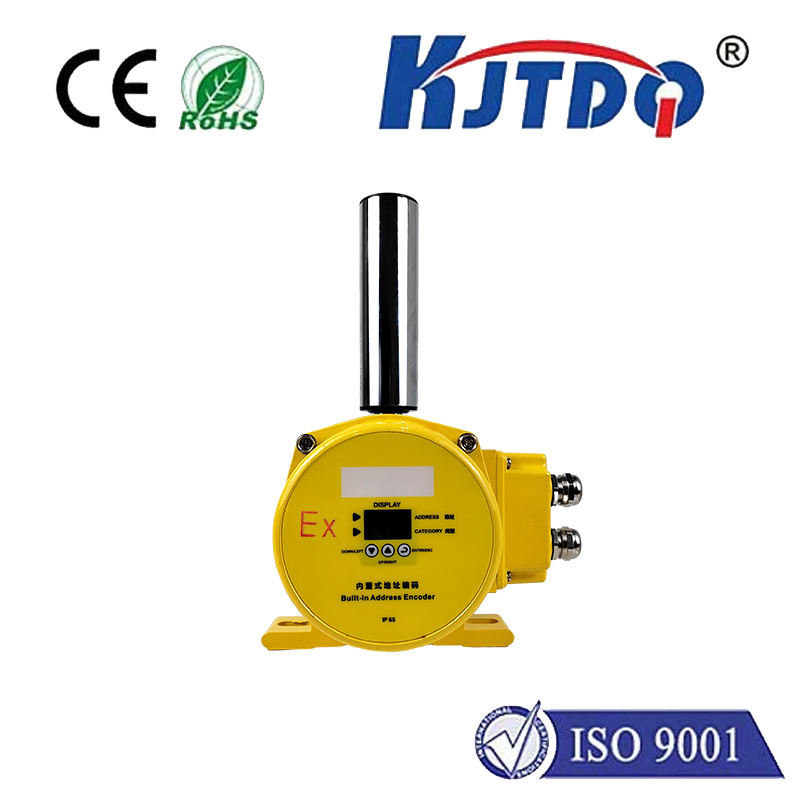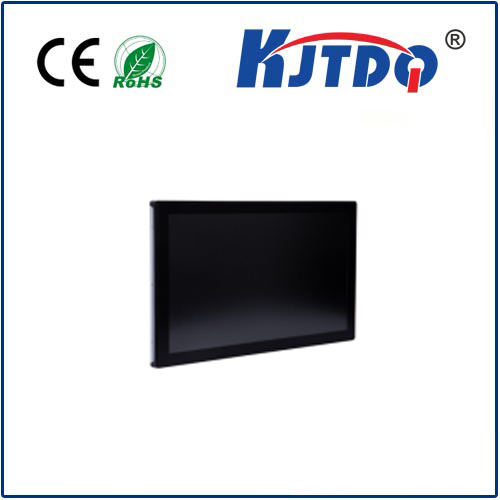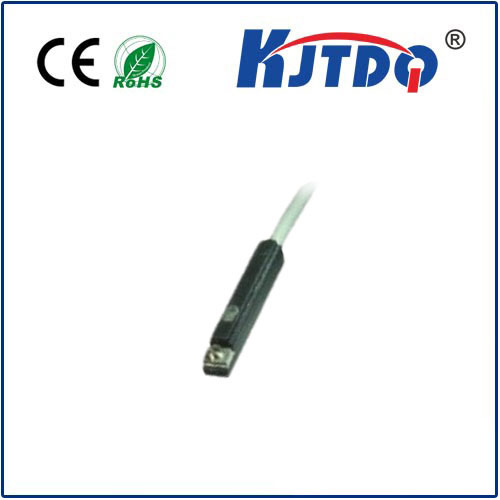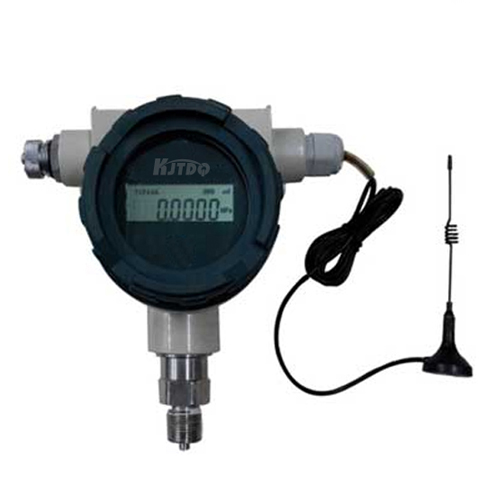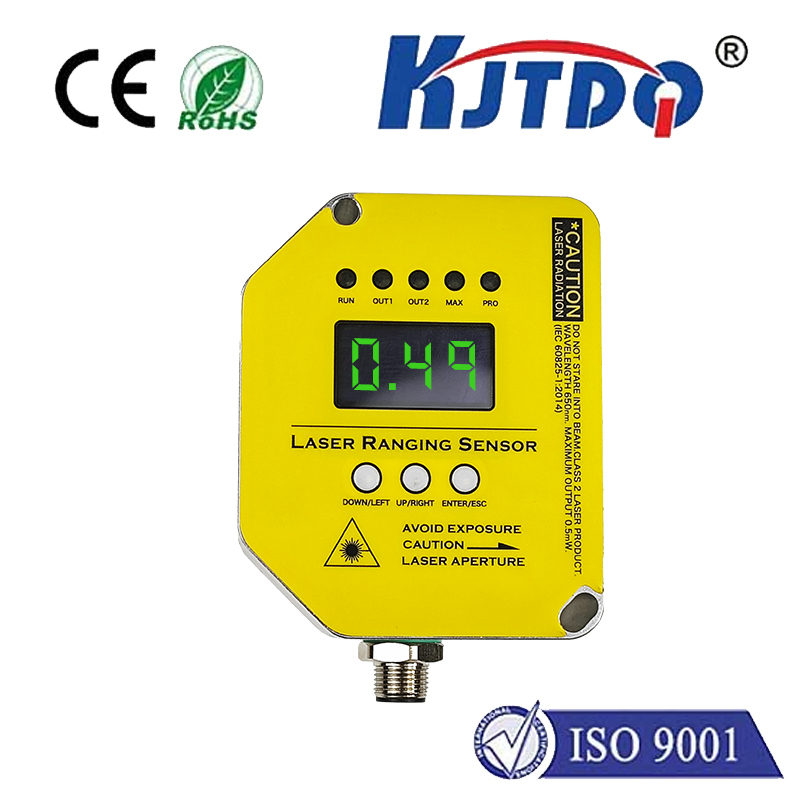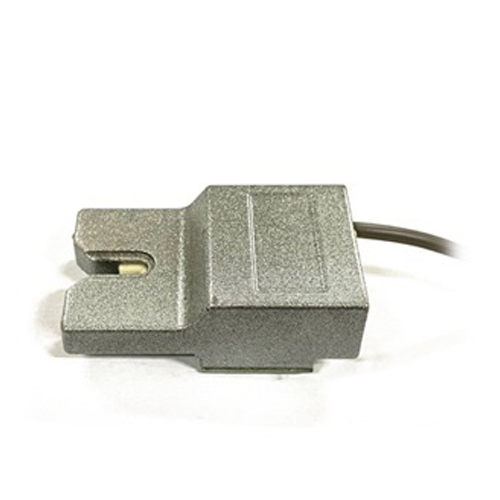LLD2-1LLD2-1 Pull rope switch
- time:2025-09-23 04:47:16
- Click:0
Emergency Shutdown at Your Fingertips: The Critical Role of LLD2-1 Pull Rope Switches in Industrial Safety
Imagine a critical moment on a fast-moving production line. A worker spots a severe jam developing near dangerous rotating equipment, sensing the potential for catastrophic entanglement or injury. Access to the main control panel is blocked; seconds count. In this high-pressure scenario, a simple, yet profoundly life-saving action is possible: reaching out and pulling a brightly colored rope running alongside the machinery. Immediately, the equipment grinds to a halt. This rapid, localized emergency stop capability is the vital function delivered by the LLD2-1LLD2-1 pull rope switch (or emergency pull cord switch) – an unsung hero of industrial safety systems.
Understanding the LLD2-1 Pull Rope Switch: A Lifeline Along the Line
An LLD2-1 pull rope switch is a mechanically operated emergency stop device designed to be installed along the length of conveyors, processing lines, or other machinery where rapid manual shutdown from multiple points is essential. Its core purpose is unambiguous: to provide personnel with an immediate and easily accessible means to stop machinery in an emergency, preventing accidents, damage to equipment, or worsening hazardous situations. Often activated by pulling an overhead or side-mounted cable (the “pull rope”), it generates a signal that cuts power or triggers the machine’s safety control system to initiate an immediate, controlled shutdown.
Why the LLD2-1 Model Stands Out for Conveyor Safety and Beyond
While many pull rope switch designs exist, the LLD2-1 specification often signifies a robust and reliable design tailored for demanding industrial environments like mining, bulk handling, aggregate processing, and manufacturing. Key characteristics typically associated with reliable LLD2-1 switches or similar compliant designs include:

- Rugged Construction: Built to withstand harsh conditions – dust, moisture, vibration, impacts, and temperature extremes – commonly found in heavy industry. Enclosures are often robust metal (like die-cast aluminum or stainless steel) offering high IP ratings (e.g., IP65, IP67) for ingress protection.
- Highly Visible Pull Rope: The rope itself is typically a bright, easily identifiable color (like yellow or red) against industrial backgrounds. It must be readily accessible and run the full length of the guarded section.
- Positive Action Switching Mechanism: Reliable microswitches or similarly robust switching elements provide a definite, positive break of the control circuit upon rope pull. This ensures the emergency stop command is unambiguous to the control system. Self-latching mechanisms are common, requiring manual reset after activation to prevent unintended restarting.
- Long Stroke Activation: Requires a deliberate, significant pull on the rope to activate, minimizing false triggers from accidental bumps or vibrations.
- Corrosion Resistance and Longevity: Critical components are plated or made from corrosion-resistant materials to ensure reliable operation over years of service.
- Flexible Installation: Designed for versatile mounting along conveyor structures, trusses, or equipment frames. Multiple switches can be daisy-chained to protect extensive conveyor runs or complex machinery layouts.
Core Applications: Where LLD2-1 Pull Cord Safety is Non-Negotiable
The primary application domain for the LLD2-1 pull rope switch is undoubtedly conveyor belt safety. They are mandated safety components along virtually all powered conveyors used in material handling:
- Tripping Hazard Mitigation: Stopping the belt instantly if a worker becomes caught, entangled, or is in immediate danger due to falling material, spillage, or unexpected movement near pinch points.
- Fire Prevention: Rapid shutdown capability if friction, overheating, or material combustion is detected along the conveyor line.
- Structural Failure Response: Stopping the system if belt mistracking, structural damage, or roller failure creates a hazardous situation.
- Personnel Access Points: Providing emergency stop access at regular intervals, walkways, transfer points, and loading/unloading zones.
Beyond conveyors, LLD2-1 style switches are deployed on assembly lines, large processing machinery (like crushers, screens), automated storage and retrieval systems (AS/RS), and anywhere else localized emergency stop access is required over a linear path or large equipment footprint.
How It Works: The Simplicity of Saving Lives
The operational principle of an LLD2-1LLD2-1 pull rope switch is elegantly straightforward, contributing to its reliability:
- The Pull Rope Assembly: A durable cable runs through a series of rope guides mounted along the protected zone. This rope connects directly to the activation lever of each pull rope switch unit at designated intervals.
- Activation via Displacement: Pulling the rope anywhere along its length applies tension. This tension, transmitted through the rope, directly pulls the activation lever on one or more switch units.
- Mechanical Switching: The lever movement acts directly on an internal, robust limit switch (or microswitch). This forces the switch contacts to change state, instantly opening the safety control circuit.
- Safety Circuit Action: Opening the circuit signals the machine’s main controller or motor starter to execute an emergency stop (E-stop). Power is cut to drive motors, or brakes are applied, bringing the equipment to a rapid halt.
- Latching and Reset: After activation, the switch typically remains in the tripped position. It requires a deliberate, manual intervention – usually turning or pushing a reset actuator – to close the contacts again and permit machinery restart. This prevents automatic restarting after an E-stop.
Maintenance: Ensuring Your Pull Cord Safety Switch is Always Ready
Like all critical safety components, the LLD2-1 pull rope switch requires regular inspection and maintenance to guarantee operational readiness:
- Regular Function Testing: Schedule periodic tests where personnel deliberately pull the rope at various points to confirm it triggers the E-stop reliably and the control system reacts correctly. Never assume it works.
- Rope Integrity Checks: Inspect the entire length of the pull rope for fraying, kinks, excessive slack, corrosion, or damage. Ensure it moves freely through all guides. Replace damaged sections immediately.
- Switch Unit Inspection: Check switch enclosures for damage, corrosion, or loose mounting. Verify the activation lever moves smoothly and returns correctly after reset. Ensure electrical connections are tight and corrosion-free.
- Clearance and Accessibility: Keep the rope and switches free from obstructions. Ensure the rope is positioned so personnel can easily reach and pull it downwards or sideways without impediment. Remove any material build-up near switches or rope guides.
- Documentation: Record all tests, inspections, and maintenance actions performed.
Conclusion: Investing in Accessibility for Ultimate Protection
The LLD2-1 pull rope switch, though a seemingly simple device, embodies a profound safety principle: providing immediate, accessible emergency action exactly where hazards exist. Its presence along a conveyor or machinery creates a tangible lifeline for operators and maintenance personnel. By enabling a rapid shutdown from potentially dozens of points – far more practical than relying solely on fixed E-stop buttons – it drastically reduces the potential for serious






